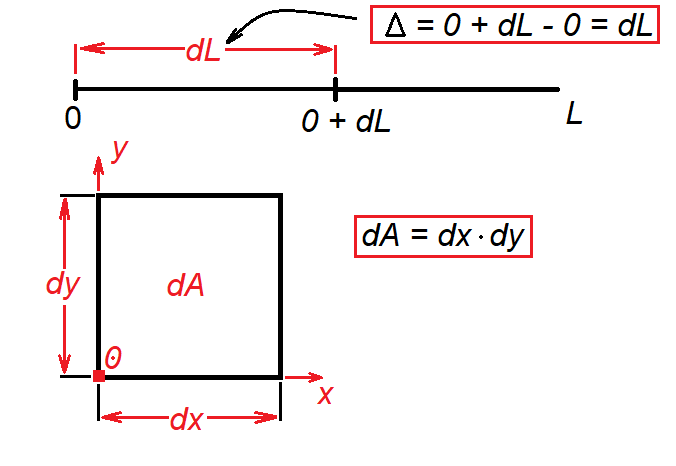I'll preface by saying that I've gone through many stackex threads and have not found a satisfying answer that would help me understand this. I am truly sorry in advance for the lengthy post, but if you are able to spare a few minutes to help me understand this, it would make a world difference in my understanding!
I am a mechanical engineering grad and I have been struggling with trying to understand how physicists and in particular engineering professors that write textbooks use infinitesimals to come up with formulas.
So far, from what I have gathered by reading on the internet trying to understand the different usage of infinitesimal quantities in math and physics is that physicists, and even more so engineers are not very exact in their usage (according to mathematicians) and that they are using infinitesimals and derivatives in an intuitive way, which helps with getting a result.
I have watched countless YT videos during my university (unfortunately derivatives and infinitesimals were never explicitly explained in our physics and engineering classes, rather just thrown at us) and many regard infinitesimals and "small amounts" - a small length of wire ds, small amount of charge dq, small amount of mass dm. This was my first issue - I've always considered any quantity starting with a d to be a "change" in some quantity, rather than an amount. But I guess that mathematically it should be one and the same thing - you could have a starting charge of 0, and a final amount of charge of infinitesimally small, and their difference, or a change between those quantities would equal the infinitesimal charge => infinitesimal charge dq = dq - 0. Basically two sides of the same coin.
But what about something like picture related? So we have a differential volume cube: am I correct in my assessment that this dV is just a "change" from a point (0 volume) to a small amount of volume dV? And pressure is obviously supposed to be different on the other side, so that is represented with the change in pressure with partials? 
Reason I am so hellbound on this difference between "amount" and "change" infinitesimals is because I have always considered those two to be different, and even found a paper online that explored students' struggles with calculus in physics, where the creators of the paper categorized differentials in different groups, some being "change" and some "amount" differentials. This has given me some sort of an explanation and relief, but I am still not 100% happy.
And one more thing I am trying to wrap my head around is infinitesimal pressure. Pressure is defined as a force acting on a surface. This is average pressure. Then there is infinitesimal pressure, which is pressure at a point, since pressure can obviously vary from point to point in actuality. What I have trouble understanding is the use of differential equation: $$ p = \frac{dF}{dA} $$
I understand intuitively what it is supposed to represent, but not sure how it mathematically makes sense. We take the limit of an area to go to 0, and then we gain insight in how pressure behaves at a single point (which is also counterintuitive but let's leave that for out). But mathematically, it means a "change in force for a change in area"? Or do we come back to the idea of an "infinitesimal amount of force per infinitesimal amount of area", where area is just a change from 0 to dA? I hope I am making sense here, because this should be a really simple case. But whenever I encounter a new differential expression, I am unsure how to understand it. I will attach one more picture for clarity of what I mean in my head when I say amount = change.

